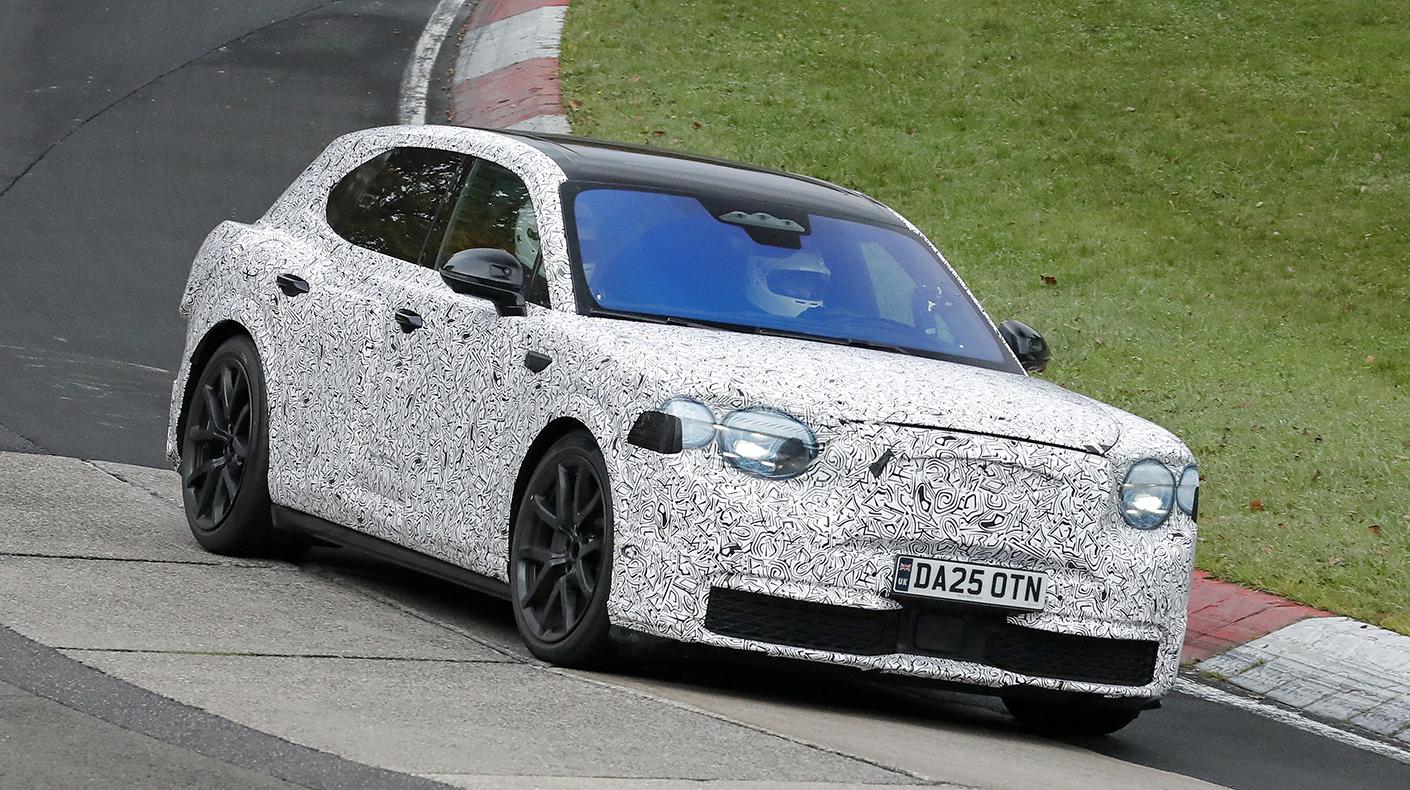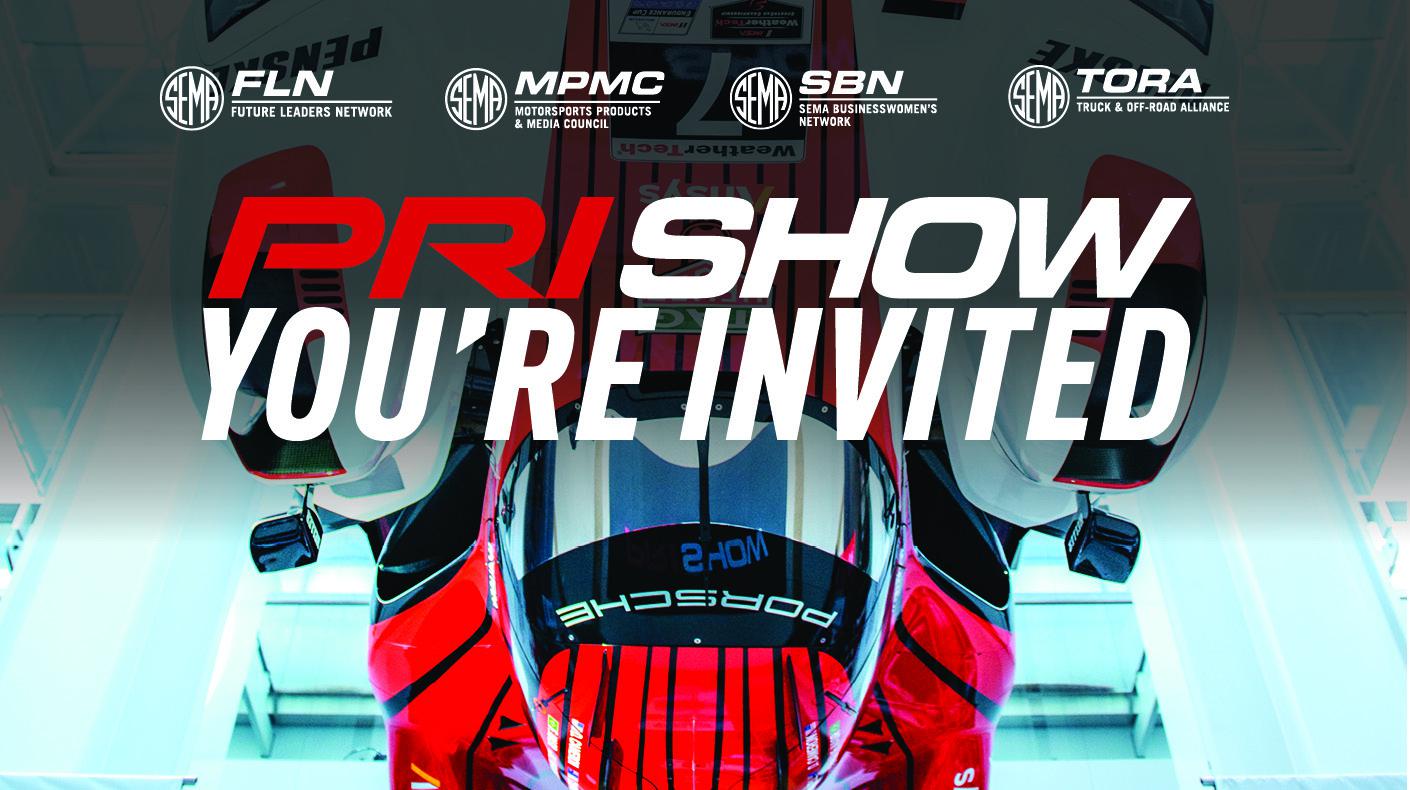Twelve years ago, American open-wheel racing splintered into two camps: the existing Championship Auto Racing Teams (CART) series, founded on road course racing, and the upstart, oval-focused Indy Racing League (IRL). Drivers and teams chose one or the other, and with NASCAR’s by-then dominance of American motorsports, fewer and fewer fans found it hard to care about open-wheel racing.
Three investors later bought the bankrupt CART, renaming it Champ Car, and both series enjoyed some bright moments. IRL enjoyed a national surge thanks to Danica Patrick’s charisma, and Champ Car introduced the world to Sebastian Bourdais, a four-time champion now driving in Formula 1.
But sponsor dollars and TV time were spread thin, the fan base was scattered and dwindling, and both sides began whispering about reconciliation in 2006. Now that it’s happened, we asked some SEMA members for their reaction.
“Overall, Bridgestone Firestone Motorsports is quite pleased for the sport,” said Al Speyer, Executive Director Bridgestone Firestone Motorsports. BFM has provided spec tires for both series since 2000. “We are looking for a unified American open-wheel racing series to maximize fan interest, as well as bring in additional teams, drivers and sponsors, all of which will contribute to the health and growth of that series. We are eager to work with everyone involved in the transition and look forward to an even more promising future.”
K&N supplied air filters to every car in the 2007 Indy 500 and looks forward to supporting an expanded competitor field. “We think it’s great, great for open-wheel racing,” said K&N VP of Communications Tim Martin. “This makes it very clear what the premier open wheel racing series is, and we’ve got a great group of teams with great history in the largest sporting event in the world.”
Comp Performance Group Director of R&D Paul “Scooter” Brothers has followed the history of the rift. “There was a big ego battle a number of years ago on the Indy 500 [about whether] the Indy 500 makes drivers or the drivers make the Indy 500. And the Indy 500 won out.”
“It was unfortunate that it split up, but I think they both learned how to get a little stronger,” Brothers continues. “I think they’re gonna be stronger as a result and the larger races, the Long Beach Grand Prix, the Indy 500, are just gonna be knock-down events.
Whether the reunification will have much impact on specialty-equipment businesses remains to be seen. Brothers thinks any impact will be more residual than direct.
“If you unify the spectators, the fans, and get any more interest in the fan base, that's a positive for everybody. If you get 100 more people that watch a race on TV, then you got a chance of hooking somebody to go buy something for their own car.”
People Places & Racing News
Movers & Shakers: Dennis Overholser Acquires Ownership of Painless Performance Products
July 4, 2024 | Vol. 27, No. 27
View Article





